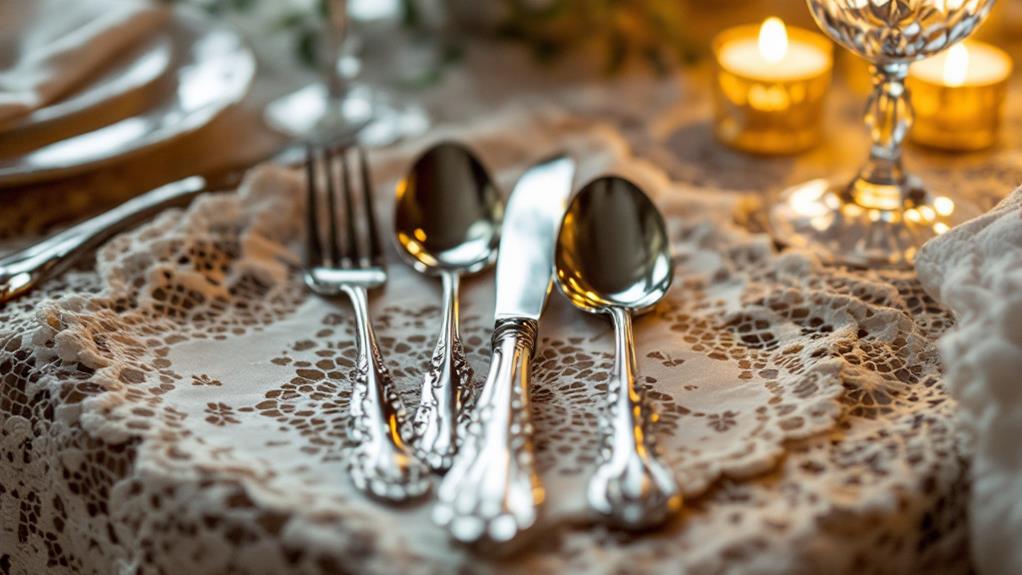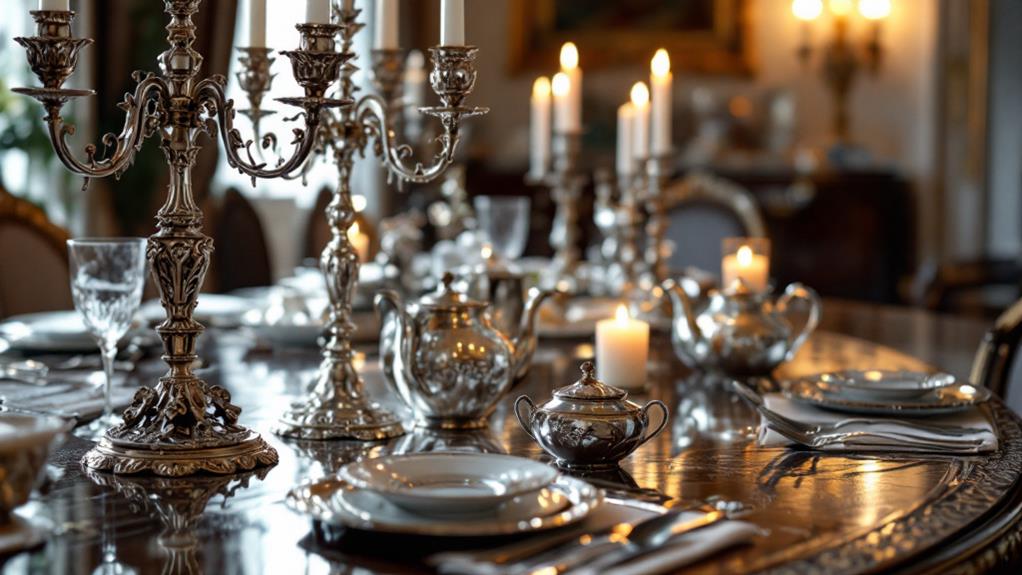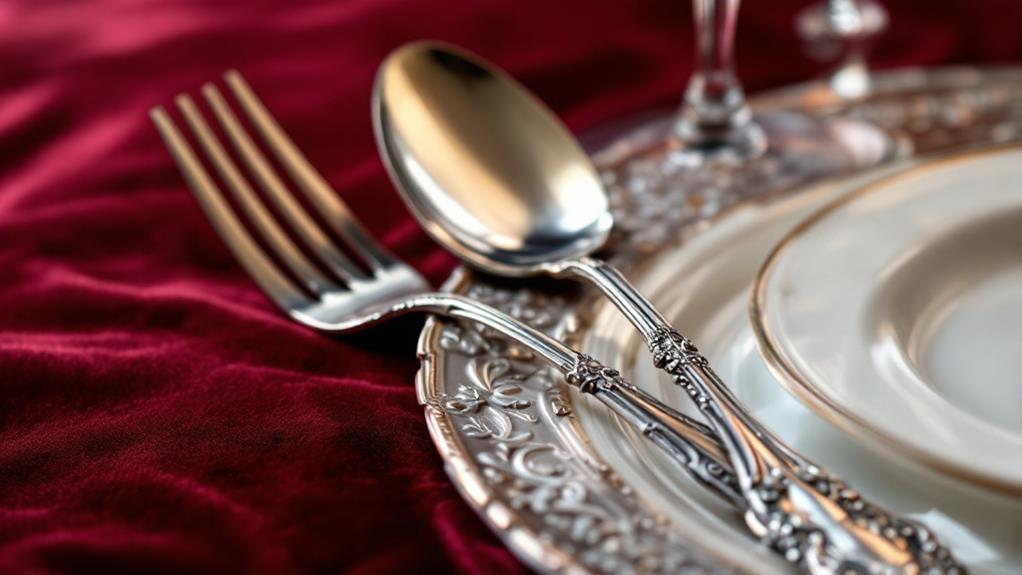Are Flatware and Silverware the Same?
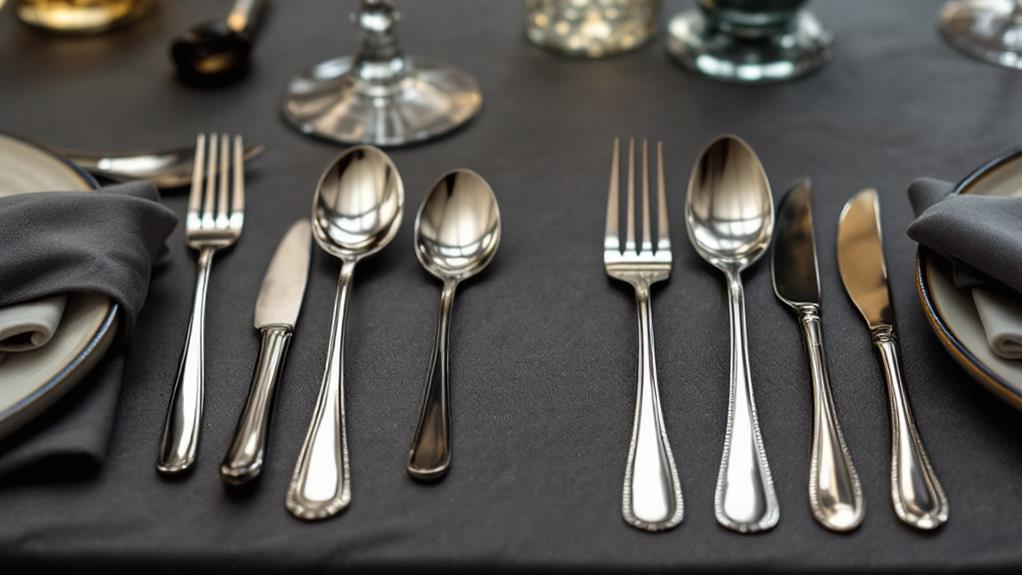
Flatware and silverware aren't exactly the same, though people often use the terms interchangeably. Flatware is a broad term for all eating utensils, including forks, knives, and spoons, made from various materials like stainless steel or plastic. Silverware specifically refers to utensils crafted from pure silver or silver-plated metals. While flatware is suitable for everyday use, silverware is often reserved for formal occasions and requires special care. The main differences lie in their materials, aesthetics, maintenance needs, and price points. Understanding these distinctions can help you choose the right utensils for your dining needs and occasions.
Defining Flatware and Silverware
Confusion often arises when discussing flatware and silverware, as these terms are sometimes used interchangeably. However, there's a distinct difference between the two. Flatware is a broad term that encompasses all eating utensils, including forks, knives, and spoons. It can be made from various materials, with stainless steel being a popular choice for everyday use due to its durability and affordability.
On the other hand, silverware specifically refers to utensils crafted from pure silver or silver-plated metals. The quality and craftsmanship of silverware often surpass that of regular flatware, making it more suitable for formal occasions. While flatware comes in a wide range of styles to suit different tastes, silverware typically features intricate designs and engravings****, adding an element of sophistication to your dining experience.
When choosing between flatware and silverware, consider your needs. Stainless steel flatware is perfect for daily use, as it's easy to maintain and resistant to rust. Silverware, while more expensive and requiring specialized care, can enhance your table setting for special events. Understanding the difference between flatware and silverware will help you make informed decisions about your dining utensils.
Materials Used in Production
The materials used in producing flatware and silverware play a significant role in their characteristics and intended use. When you're choosing between flatware and silverware, you'll find that the material impacts durability, maintenance, and aesthetics.
Flatware offers a variety of options. Stainless steel is a popular choice due to its durability, rust-resistance, and affordability. It's ideal for everyday use and can withstand frequent washing. If you're looking for lightweight options, plastic flatware is perfect for casual dining or disposable use. For a unique touch, ceramic flatware provides decorative appeal.
Silverware, on the other hand, is made from pure silver or silver-plated metals. It's known for its refined appearance and formal feel, making it suitable for special occasions. However, silverware requires more maintenance to prevent tarnishing.
The material you choose affects not only the look but also the longevity of your dining utensils. Stainless steel flatware is practical and long-lasting, while silverware offers a luxurious touch but needs more care. Consider your lifestyle and dining habits when deciding between flatware and silverware to choose the most suitable option for your needs.
Aesthetic Differences
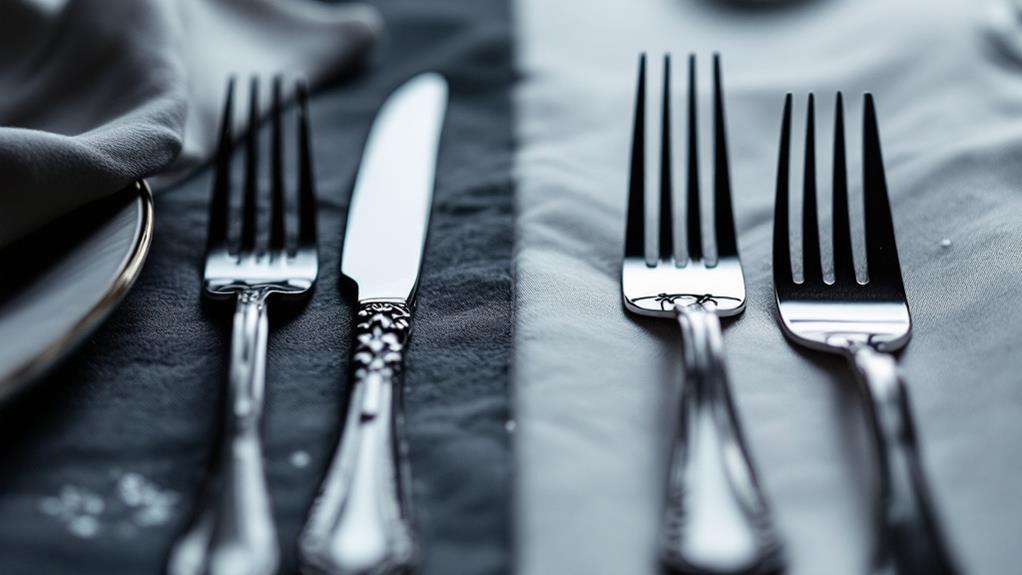
Aesthetic differences between flatware and silverware are often the most noticeable distinctions for diners. When you're eating, you'll find that silverware is often passed down through generations and made from silver, featuring intricate designs and engravings. Its lustrous finish creates a more formal and exquisite dining experience. In contrast, stainless steel flatware sets offer a more minimalist style, contributing to casual or contemporary table settings.
The terms flatware and silverware, while sometimes used interchangeably, represent different aesthetic choices. Silverware is generally perceived as more luxurious and high-end, associated with sophisticated dining. Flatware vs silverware presents a clear visual difference, with flatware offering various colors and finishes like matte, brushed, or polished. These options can impact your overall table setting in ways that silverware's shiny metallic appearance cannot.
The aesthetic differences between flatware and silverware allow you greater flexibility in curating your desired dining ambiance. Whether you're aiming for a casual family dinner or an upscale event, the choice between flatware and silverware can profoundly influence the atmosphere and style of your table.
Care and Maintenance
While the aesthetic appeal of flatware and silverware sets them apart, their care and maintenance requirements also differ considerably. Proper maintenance and care are essential to preserve the quality and longevity of both types of utensils. To prevent tarnishing, corrosion, and general wear and tear, follow these guidelines:
- Wash and dry thoroughly after each use
- Store in a divided tray or chest to prevent scratches
- Regularly inspect and clean gently
- Polish silverware to maintain its lustrous shine
- Protect silverware from air and moisture exposure
For everyday flatware, soap and water or a dishwasher-safe cycle is usually sufficient. However, silverware requires more specialized attention. Regular polishing is indispensable to maintain its signature shine and prevent tarnishing. When you store silverware, be mindful of materials that can accelerate tarnishing. Use protective cloth or anti-tarnish strips in storage.
To prevent pitting and corrosion, avoid leaving either flatware or silverware soaking in water for extended periods. By following these care instructions, you'll safeguard your utensils to remain in excellent condition for years to come, whether you're using everyday flatware or breaking out the special silverware for occasions.
Price Points and Accessibility
When you're shopping for dining utensils, you'll quickly notice a stark difference in price points between flatware and silverware. Flatware is made from more affordable materials like stainless steel, making it commonly used for everyday meals. On the other hand, silverware, crafted from sterling silver, is often reserved for special occasions and formal dining.
While the terms are often used interchangeably, they represent Different Types of utensils with varying levels of quality and durability. Stainless steel flatware sets are widely available and cost-effective, offering a practical choice for daily use. They're a significant step up from disposable plastic utensils, providing both functionality and style.
If you're looking to enhance your dining experience without breaking the bank, silver-plated flatware offers a middle ground. It provides a touch of luxury at a more accessible price point than pure silverware. However, if you're willing to invest in heirloom-quality pieces, sterling silver silverware remains the pinnacle of dining elegance. While it comes with a hefty price tag, it's cherished for its timeless beauty and long-lasting value.
Practical Considerations for Use
Beyond price considerations, practical aspects play a key role in choosing between flatware and silverware. When deciding between the two, you'll want to ponder:
- Durability and maintenance
- Weight and balance
- Number of place settings and pieces
- Occasion and formality
- Material composition
Flatware is typically the practical choice for everyday use due to its durability and low maintenance requirements. Stainless steel, in particular, is a better choice for regular use as it's resistant to wear and tear. On the other hand, silverware is made from silver or silver-plated metals, which are more vulnerable to tarnish and require polishing regularly to maintain their luster.
The weight and balance of your utensils can drastically impact your dining experience. While both flatware and silverware can be well-balanced, you'll want to choose pieces that feel comfortable in your hand, whether it's a kitchen knife or a serving spoon.
Consider the number of place settings and serving pieces you need. Flatware sets often come in various configurations, allowing you to choose based on your household's needs. Silverware sets may offer fewer options but are perfect for special occasions or formal dinners where the silver layer adds an extra touch of elegance.
Historical Significance and Traditions
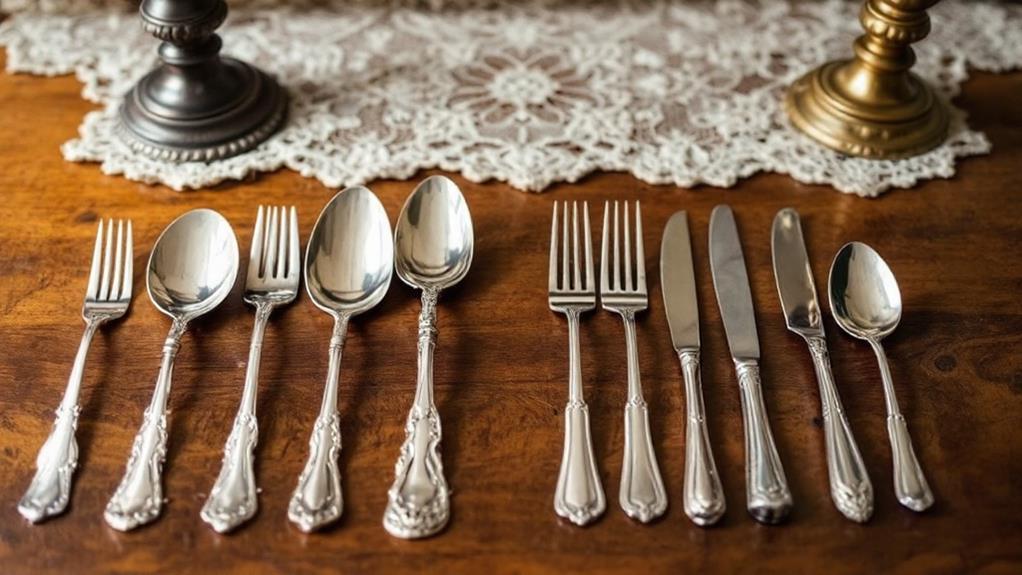
The historical significance of silverware extends far beyond its practical use at the dining table. Dating back to the Middle Ages, silver flatware and serving pieces have symbolized wealth and status, with formal dinner parties and holiday celebrations incorporating these classy items as a mark of prestige and proper etiquette.
While stainless steel has become the choice for everyday meals, sterling silverware continues to add a touch of luxury and sophistication to special occasions. Many families cherish and pass down precious silverware sets, creating sentimental heirlooms that preserve cultural traditions across generations. The care and maintenance of these pieces, including regular polishing, has become a ritual for those who appreciate the silver dining experience.
Whether you choose flatware or silverware for your table settings, it's important to understand their historic significance and traditions. Silver or silver-plated utensils offer a refined appearance that enhances any dining experience. By incorporating sterling silverware into your special occasions, you're not only improving the aesthetic appeal of your table but also connecting with centuries of dining traditions and cultural heritage.

